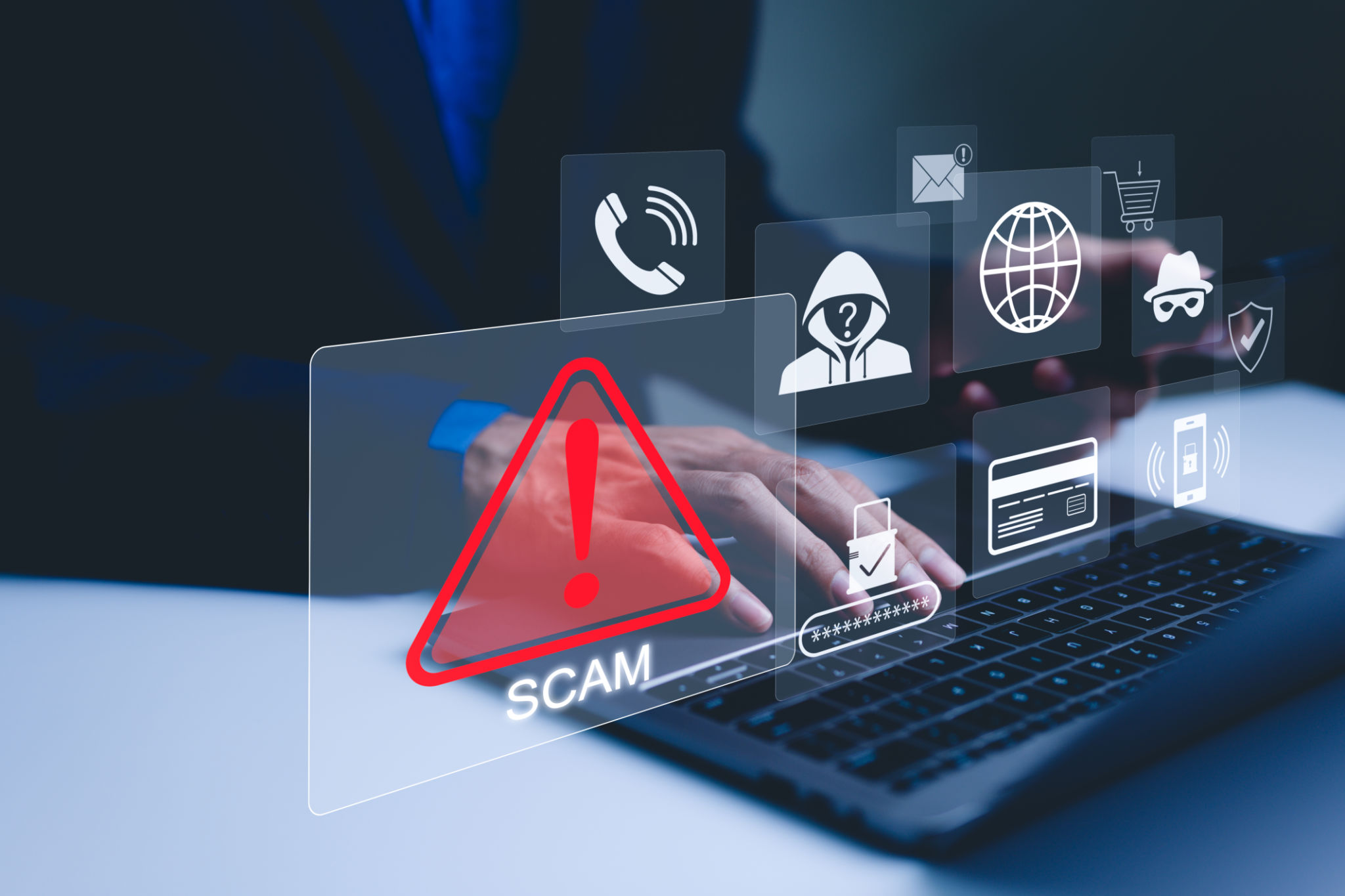Expert Tips for Implementing Robust Cybersecurity Measures
Understanding the Importance of Cybersecurity
In today's digital age, businesses of all sizes need to prioritize cybersecurity. With the increasing sophistication of cyber threats, it is crucial to implement robust security measures to protect sensitive data and maintain customer trust. Organizations that neglect this aspect risk facing significant financial losses and reputational damage.

Identifying Potential Threats
The first step in implementing effective cybersecurity measures is to identify potential threats. This involves understanding the different types of cyber attacks, such as phishing, malware, ransomware, and DDoS attacks. By recognizing these threats, organizations can develop strategies to defend against them.
Moreover, conducting regular risk assessments can help in identifying vulnerabilities within the system. These assessments provide insight into areas that need improvement, ensuring that security measures are up-to-date and capable of handling any potential threats.
Implementing Strong Authentication Methods
One of the simplest yet most effective ways to enhance cybersecurity is by implementing strong authentication methods. Organizations should move beyond traditional password-based systems and consider multi-factor authentication (MFA). MFA adds an extra layer of security by requiring users to provide two or more verification factors to gain access.
Encouraging employees to use complex passwords and change them regularly is also essential. Password management tools can help in securely storing and managing passwords, reducing the risk of unauthorized access.

Regular Software Updates and Patch Management
Keeping software and systems updated is a critical aspect of cybersecurity. Cybercriminals often exploit known vulnerabilities in outdated software to gain access to systems. Regularly updating software and implementing a robust patch management process can significantly reduce this risk.
Organizations should establish a schedule for routine updates, ensuring that all software, including operating systems and applications, are consistently up-to-date. This proactive approach helps in safeguarding the system against newly discovered vulnerabilities.
Training Employees on Cybersecurity Best Practices
Employees play a vital role in maintaining cybersecurity within an organization. Providing regular training on cybersecurity best practices can empower employees to identify potential threats and respond appropriately. Training should cover topics such as recognizing phishing attempts, safe browsing habits, and the importance of data protection.

Creating a Cybersecurity Culture
Building a strong cybersecurity culture involves encouraging employees to take ownership of their role in protecting the organization. This includes promoting open communication about potential threats and fostering an environment where employees feel comfortable reporting suspicious activities without fear of repercussion.
Developing a Comprehensive Incident Response Plan
No matter how robust your cybersecurity measures are, there's always a risk of a breach. Developing a comprehensive incident response plan ensures that your organization can quickly and effectively respond to any incidents. This plan should outline the steps to be taken during a breach, assign roles and responsibilities, and include communication strategies for internal and external stakeholders.
Regularly testing and updating the incident response plan is crucial to ensure its effectiveness. Simulating cyber attacks can help in identifying weaknesses in the plan and provide an opportunity for improvement.
Continuous Monitoring and Improvement
Cybersecurity is not a one-time task but an ongoing process. Continuous monitoring of networks and systems helps in detecting anomalies and preventing potential breaches before they occur. Implementing advanced security tools such as intrusion detection systems (IDS) and security information and event management (SIEM) solutions can aid in real-time monitoring.

Furthermore, organizations should regularly review their cybersecurity policies and procedures to ensure they align with the latest industry standards and technological advancements. This commitment to continuous improvement is essential for maintaining a robust cybersecurity posture.